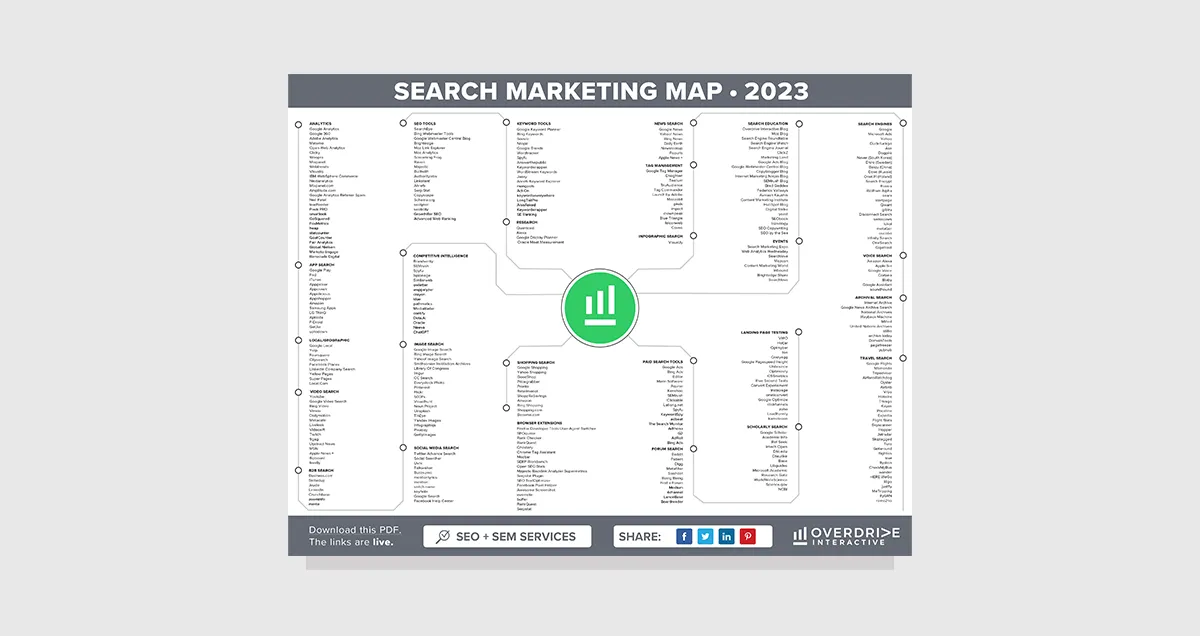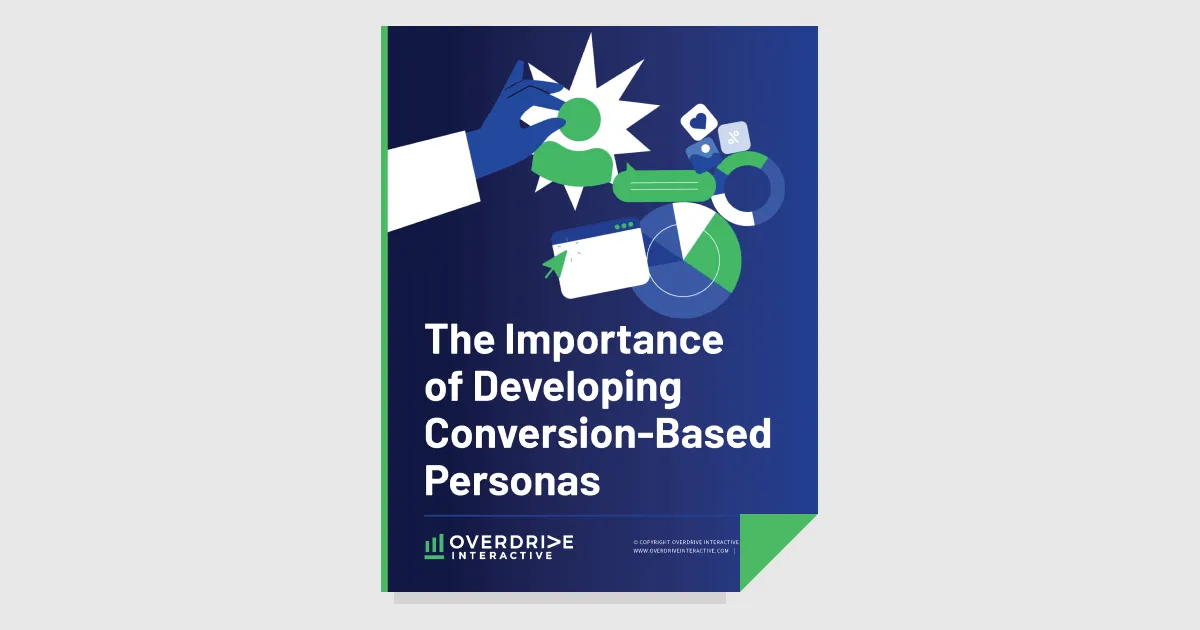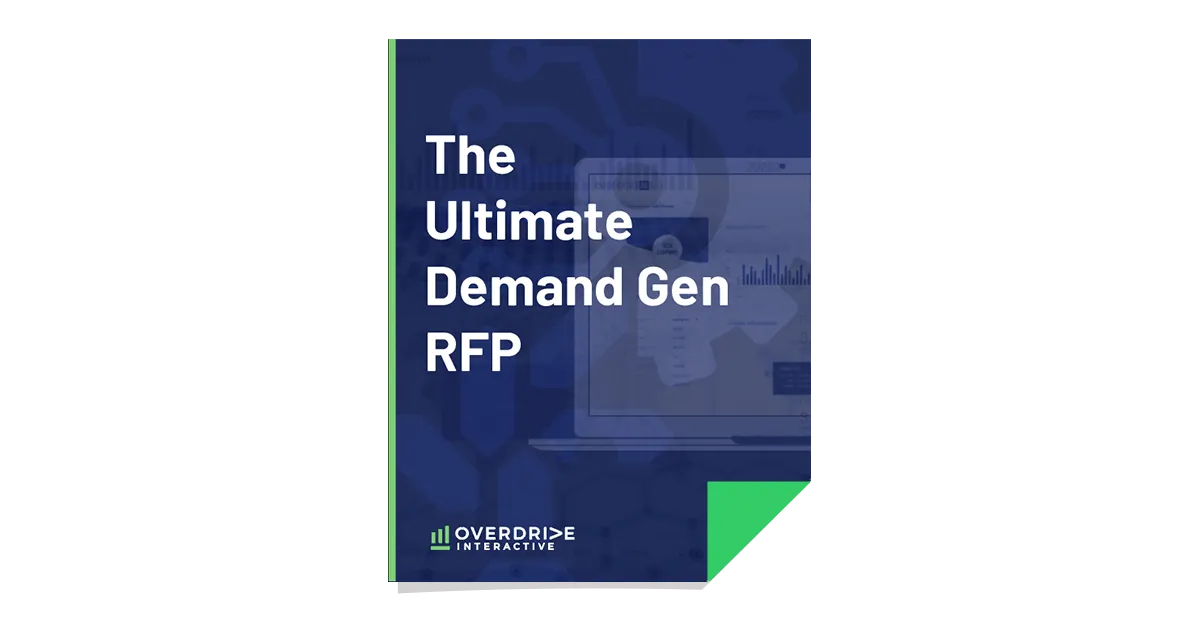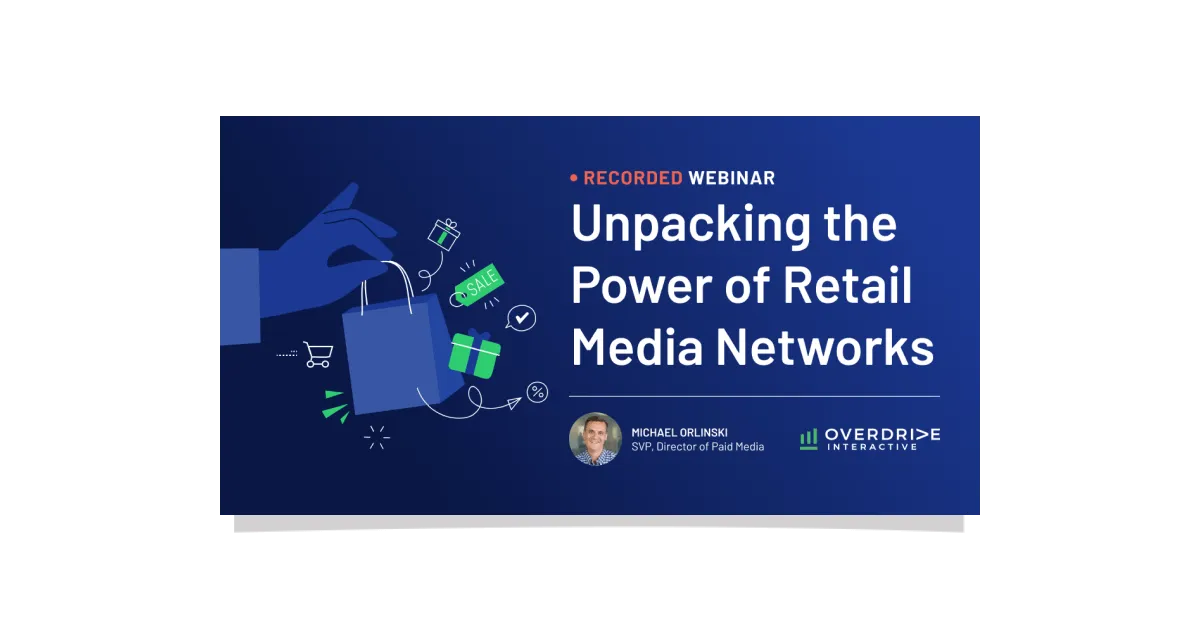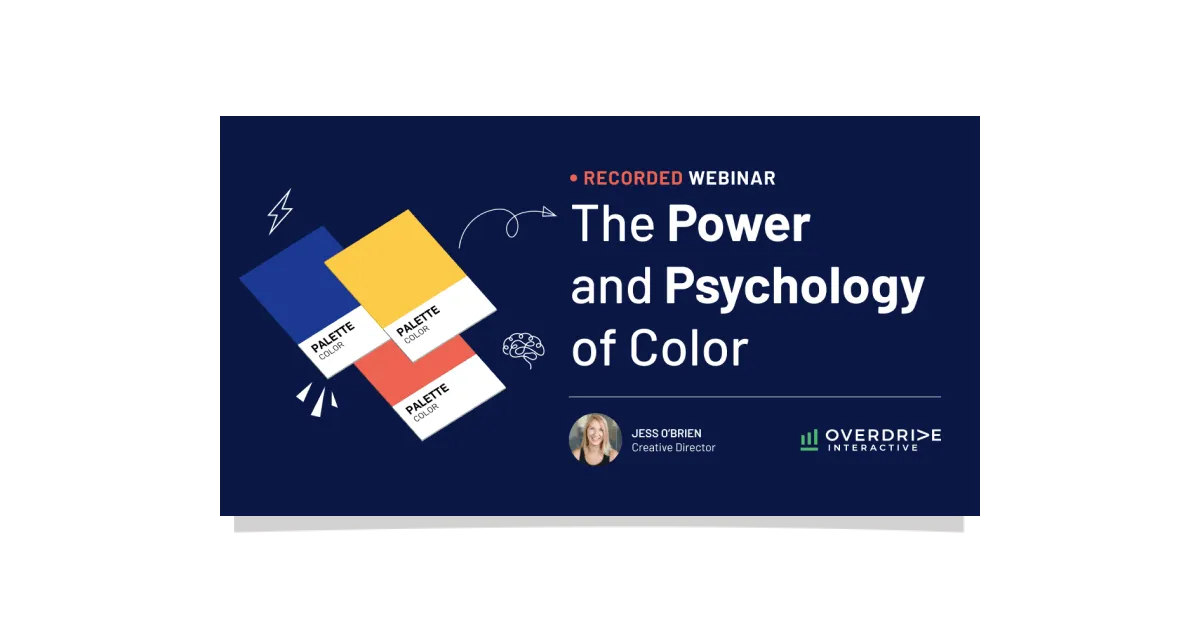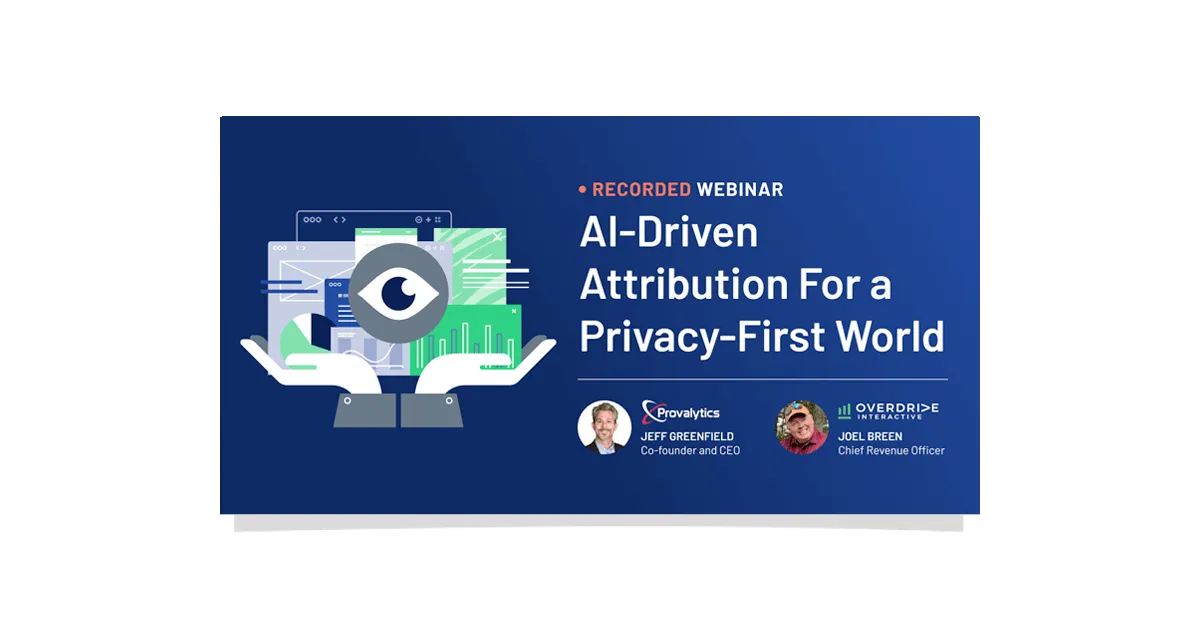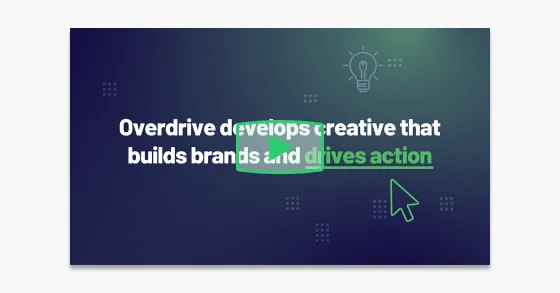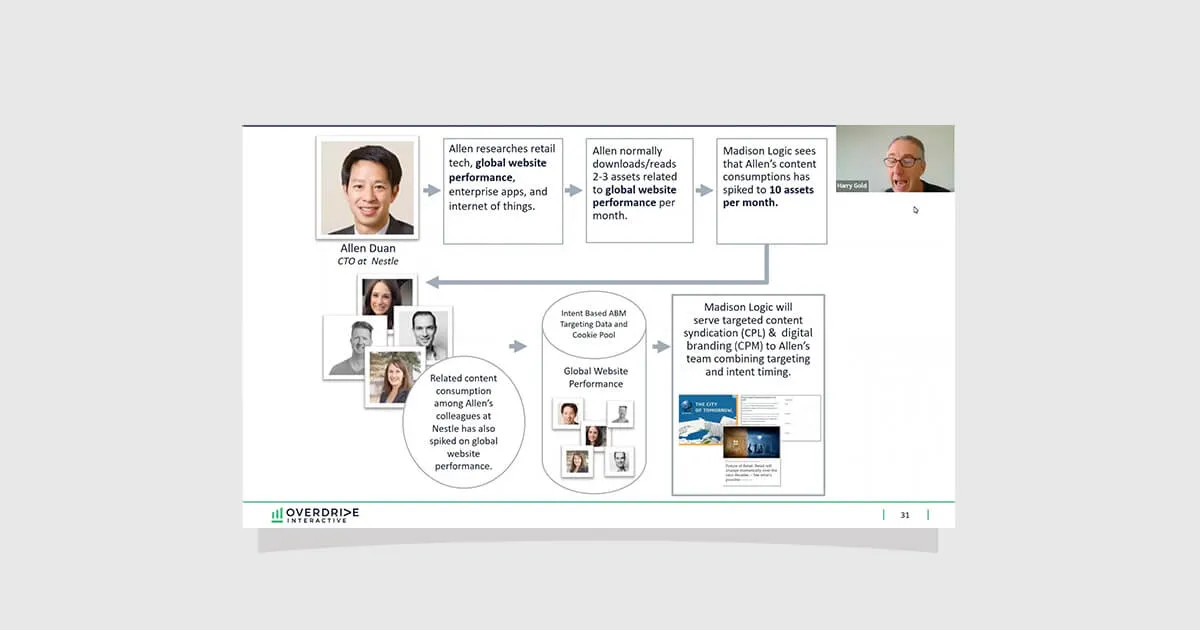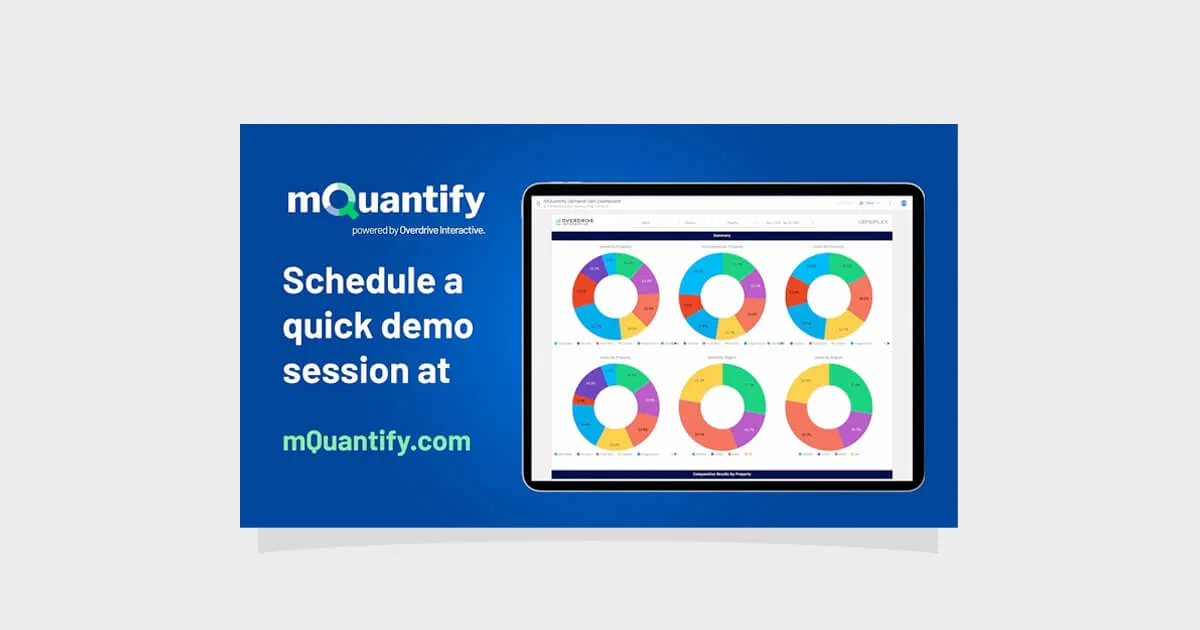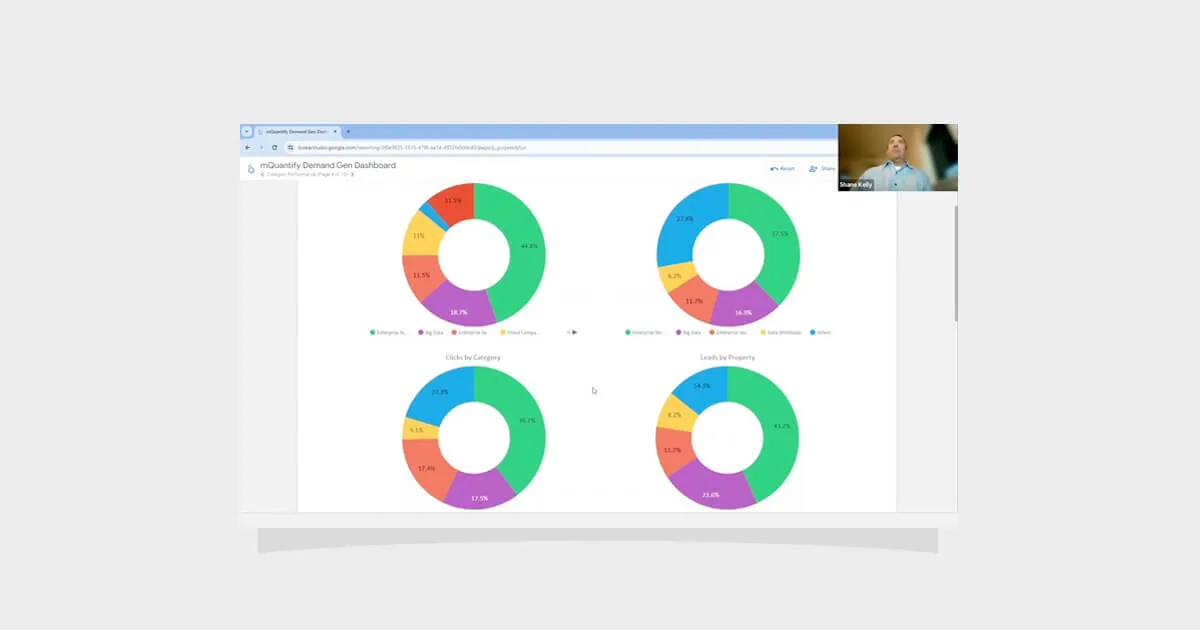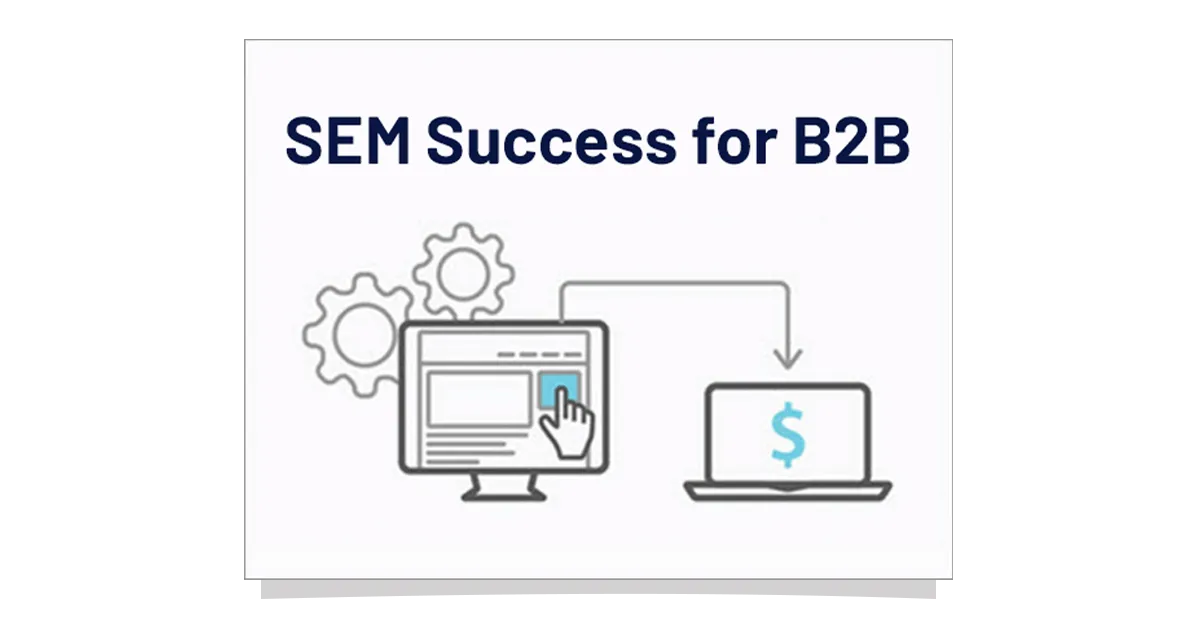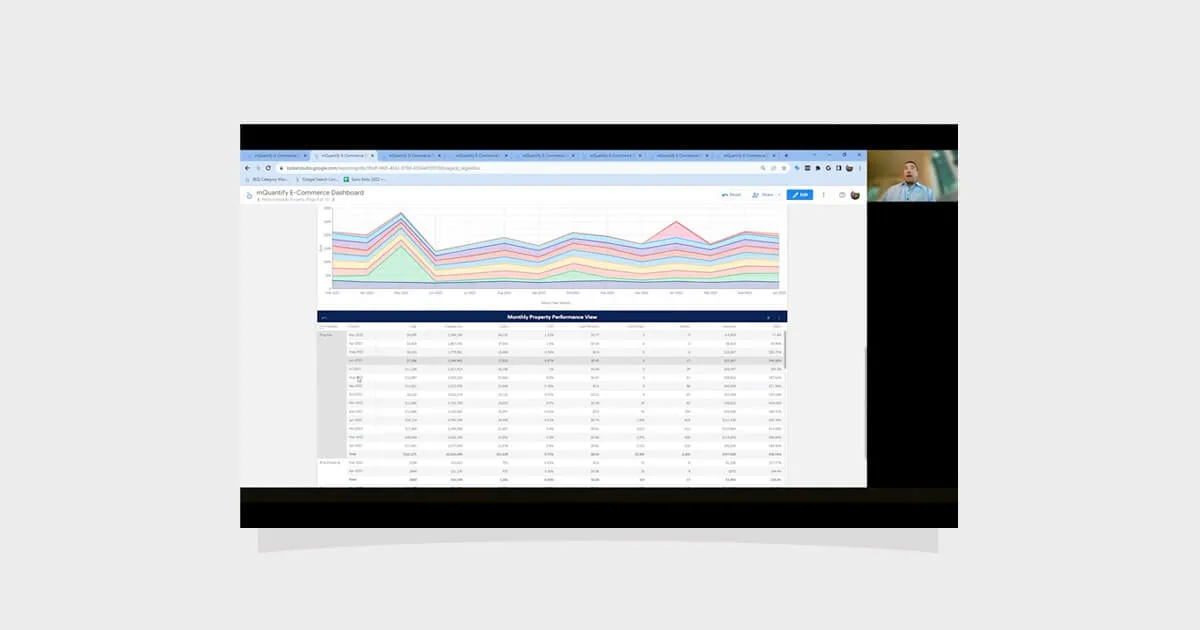The Invisible Brand Problem: Why LLMs Ignore Your Brand (And What to Do About It)
Two industries, one uncomfortable truth: AI doesn't care about your marketing
As AI-mediated search reshapes how consumers discover products, brands face an existential challenge: Large Language Models (LLMs) systematically favor independent information sources over brand content.
This article examines why this happens, what the data reveals, and whether creating separate informational microsites could help brands regain visibility in the age of AI answers.
The Evidence: When Brands Become Invisible
Case Study #1: Pet Supply Brand
The Analysis
A major pet supply retailer analyzed citation patterns across thousands of LLM interactions covering product recommendations, pet care advice, and health-related queries.
What LLMs Cited Most:
| Source Type | Example Sites | Citation Frequency |
|---|---|---|
| Animal Welfare Organizations | ASPCA, Humane Society | High |
| Pet Information Sites | Dogster, Catster, PetMD | High |
| Veterinary Resources | VCA Hospitals, .edu sites | Medium-High |
| Brand Sites | Pet retailers, manufacturers | Very Low |
When Brands DID Appear:
- Direct "where to buy" queries
- Price comparison requests
- Specific product availability questions
Case Study #2: Sports Car Manufacturer
The Context
A premium automotive brand tracked its visibility in LLM responses about performance comparisons, reliability data, buying advice, and ownership costs.
Citation Dominance by Source:
| Source | Why LLMs Prefer It | Content Type |
|---|---|---|
| Consumer Reports | Independent testing, subscription model (no ad conflicts) | Reliability data, comparisons |
| Edmunds | Comprehensive reviews, historical pricing data | Expert reviews, market analysis |
| Kelley Blue Book | Market value authority, resale data | Pricing, ownership costs |
| U.S. News & World Report | Rankings methodology, cross-brand analysis | Category rankings, comparisons |
| Manufacturer Sites | Technical specifications only | Specs, warranty details |
The Pattern Across Industries
Both cases reveal five consistent principles of LLM citation behavior:
- Editorial Independence Wins: Sources that appear unbiased get cited more frequently than those with obvious commercial motives.
- Comparative Frameworks Matter: Sites that cover multiple brands in category-wide analysis dominate over single-brand content.
- Testing Methodologies Build Trust: Transparent processes and reproducible data earn algorithmic credibility.
- Longevity Signals Authority: Decades of archived content (Edmunds since 1966, Consumer Reports since 1936) create citation momentum.
- Query Type Determines Visibility: Informational queries favor third-party sites; transactional queries occasionally surface brand sites.
Why LLMs Systematically Favor Third-Party Sites
5 Reasons Your Brand Gets Ignored
| Factor | What It Means | Example |
|---|---|---|
| 1. Training Data Bias | LLMs trained on Wikipedia, academic papers, and established journalism—brand content under-represented | Educational .org sites over-indexed in training sets |
| 2. Promotional Language Detection | AI trained to identify and discount marketing speak | "Industry-leading" and "best-in-class" trigger skepticism filters |
| 3. Single-Source Limitation | Brand sites only cover own products, can't solve "which one" questions | Consumer asking "best SUV for families" needs cross-brand comparison |
| 4. Conflict of Interest Assumption | Even factual brand content treated as potentially biased | Manufacturer safety data questioned unless verified by IIHS |
| 5. Structural Signals | How information is organized affects citability | Comparison tables and data-rich formats preferred |
The Brand Paradox
Brands often possess the most accurate product information but have the least citation credibility. A manufacturer knows exact specifications, but LLMs trust Consumer Reports' testing more than the source data.
The Microsite Strategy: Separating Information from Commerce
What Is an Informational Microsite?
A separate content hub designed to establish category expertise independent of commercial objectives:
- Editorially independent (or appearing so) from parent brand
- Category-wide coverage including competitor products
- Educational mission clearly stated
- Disclosed relationship to parent company
- Optimized for LLM citation through structure and depth
Historical Precedents
| Brand | Information Hub | Strategy |
|---|---|---|
| John Deere | The Furrow (est. 1895) | Agricultural education magazine building farmer trust |
| Michelin | Michelin Guide (est. 1900) | Restaurant ratings to encourage road travel (tire usage) |
| Red Bull | Red Bull Media House | Action sports content platform beyond beverage marketing |
Microsite Architecture for LLM Success
Domain Strategy Options
Separate Domain
Example: PetWellnessHub.org
Pros:
- Maximum perceived independence
- Stronger editorial brand
- Reduced commercial association
Cons:
- Requires separate brand building
- More complex disclosure
- Higher investment
Subdomain
Example: research.carbrand.com
Pros:
- Leverages existing domain authority
- Clearer brand connection
- Simpler technical setup
Cons:
- Less editorial independence
- Commercial association visible
- May trigger brand penalty
Content Requirements: The High Bar
To compete with Consumer Reports or ASPCA, content must be genuinely comprehensive:
Pet Supply Microsite Example
- Breed Guides: Complete health considerations, temperament, care needs (all breeds, not just those you sell products for)
- Nutrition Science: Deep-dives with peer-reviewed citations, ingredient analysis
- Product Category Education: What makes effective harnesses, not why YOUR harness is best
- Expert Contributors: Credentialed veterinarians, animal behaviorists
- Comparative Reviews: Honest assessment including competitor products
Automotive Microsite Example
- Cross-Brand Testing: Performance data across all manufacturers in category
- Ownership Cost Calculators: Insurance, fuel, maintenance for all brands
- Safety Analysis: Crash test interpretation, safety feature effectiveness
- Environmental Impact: Lifecycle emissions across vehicle types
- Expert Engineering Content: Credentialed automotive engineers explaining technology
The Linking Strategy
How to connect back to your main brand site without destroying credibility:
| Principle | Implementation | What to Avoid |
|---|---|---|
| Contextual Relevance | Only link when genuinely relevant to topic | Forced product mentions |
| Clear Labeling | "Sponsored by [Brand]" in footer, "Learn more" links | Hidden relationships, "Buy now" CTAs |
| Frequency Limits | Max 10-15% of content includes brand links | Every article linking to products |
| User Experience | Never interrupt information flow | Mid-article product pitches |
⚠️ Resource Reality Check
Creating an LLM-citeable microsite requires Consumer Reports-level investment:
- Editorial Team: $200K-$400K/year (genuine expertise, not content mills)
- Content Production: $100K-$200K/year
- Testing/Research: $500K+ (for automotive category)
- Legal/Compliance: $25K-$50K
- Timeline: 18-36 months before LLM citations begin
This is not repurposed marketing content with a new domain name.
Why This Strategy Might Backfire
7 Reasons to Proceed with Caution
-
The Authenticity Trap
Consumers increasingly detect "sponsored content" disguised as editorial. If discovered, entire site loses credibility overnight. Reddit, forums, and social media can expose perceived deception quickly.
-
LLM Evolution
Future models may detect and discount brand-affiliated content regardless of quality. What works today may not work in 12-24 months.
-
Resource Intensity
Requires genuine editorial expertise (veterinarians, engineers), continuous content refresh, and legal oversight. Most brands underestimate the commitment.
-
ROI Uncertainty
Attribution is extremely difficult. How do you prove a citation on Perplexity led to a purchase three weeks later? Traditional marketing metrics don't apply.
-
Competitive Moats
Incumbents like Edmunds (58 years) and Consumer Reports (89 years) have decades of trust. You're competing against institutional authority.
-
Legal and Ethical Complexity
FTC disclosure requirements, international regulations, liability for advice given. One misstep can create significant legal exposure.
-
The Arms Race Problem
If every brand creates "educational" microsites, the entire information ecosystem becomes less trustworthy. You may contribute to the problem you're trying to solve.
Alternative Strategies: Beyond the Microsite
4 Approaches That May Work Better
| Strategy | How It Works | Best For |
|---|---|---|
| 1. Partnership with Existing Authorities |
|
Brands with genuine technical expertise but limited content resources |
| 2. Become the Data Source |
|
Technical products where specifications matter (automotive, electronics) |
| 3. Expert Individual Positioning |
|
Brands with credentialed internal experts |
| 4. Optimize Existing Content |
|
All brands (incremental improvement strategy) |
✅ Quick Win: Optimize What You Have
Before investing in microsites, improve existing content:
- Add expert bylines with credentials
- Include citations to external research
- Use comparative frameworks (acknowledge competitors)
- Structure content in FAQ format
- Publish detailed specification databases
Timeline: 3-6 months | Investment: $50K-$100K
Should Your Brand Create an Informational Microsite?
Decision Matrix
| Factor | ✅ Go For It | ❌ Skip It |
|---|---|---|
| Purchase Consideration | High consideration, long research cycles (automotive, luxury goods) | Low consideration, impulse purchases (commodity goods) |
| Product Complexity | Significant education needed (technical equipment, health products) | Simple, self-explanatory products |
| In-House Expertise | Genuine knowledge base (engineers, veterinarians, specialists) | Limited expertise, would require hiring |
| Timeline | Patient capital, 3-5 year horizon | Need immediate ROI, quarterly pressure |
| Resources | Can commit $500K+ annually | Limited budget, competing priorities |
| Category | Safety/wellness components (automotive, pet health, baby products) | Pure e-commerce, transaction-focused |
| Competitive Landscape | Crowded market, differentiation needed | Category leader, strong brand recognition |
Pilot Program Framework
Minimum Viable Microsite Test
Scope: Single narrow topic
- Pet brand: "Senior dog nutrition" or single breed focus
- Auto brand: "Electric vehicle ownership costs"
Team: 2-3 dedicated editorial staff with credentials
Timeline: 12 months
Success Metrics:
| Metric | How to Track | Success Threshold |
|---|---|---|
| LLM Citations | Manual testing across ChatGPT, Claude, Perplexity, Gemini | 5+ citations within 12 months |
| Direct Traffic | Google Analytics | 10K+ monthly visits |
| Referral Traffic | Track AI tool referrals to main site | 500+ monthly referrals |
| Engagement | Time on site, pages per session | 3+ min avg, 2+ pages |
| Brand Mentions | Increase in brand appearing in LLM responses | 25% increase in mentions |
Kill Criteria: If no LLM citations appear within 12 months, reevaluate strategy
Investment: $200K-$400K for first year
The Bigger Picture: Preparing for the LLM Era
What's Coming Next
Near-Term (6-18 Months)
- Platform Fragmentation: ChatGPT, Perplexity, Google AI Overviews, Claude, Gemini—each with different citation behaviors
- Measurement Tools: Emergence of "Answer Engine Optimization" (AEO) tracking platforms
- Policy Changes: AI companies establishing rules for brand-affiliated content






